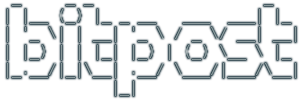I’m using the cross-platform Qt C++ library to write an app for linux, OS X, and Windows. Qt source can be compiled to a wide range of systems and devices, with two obvious omissions that are not likely to be filled any time soon: iPhone and Android. I know I am going to need client code on these devices, and I know that the client code is going to be extremely similar to the Qt client code. How do you design for this?
Applying the concept of separation of concerns, you design your classes into layers. The base layer consists of high level concept classes that perform all fundamental actions using generic data types. Then, the derived layer is used to get the job done, using the most useful and powerful lower level tools at your disposal. Push everything you can into the base layer, until you hit the limit of non-portable information and data types. It’s a beautiful way to code.
To be more specific, in my case, the base class layer will be using C++, including the STL, which gives me tons of power. I will pull in boost if even more horsepower is needed. The derived class layer for the first round of clients will be Qt-powered. The Qt library has a massive amount of real-world usefulness, supporting everything from http to video playback. I have not gotten to the iPhone and Android clients yet so the whole concept may change, but here’s my current plan. The iPhone code will be Objective C with the C++ base class layer linked in. I will attempt to incorporate the C++ base class layer into the Android code using the NDK.
Here’s a quick example of the layer approach, in this case used to quickly set up profiling using Qt’s QTime class at the lower level: (continued…)












